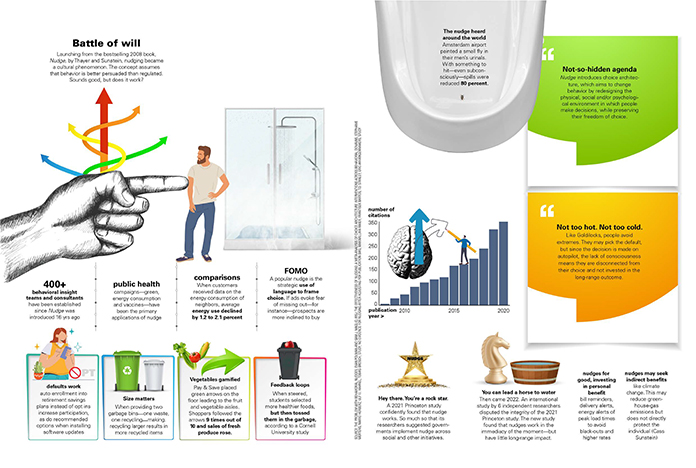Setting a learning environment
To be successful, any learning experience needs a set-up so the participants understand what they are going to do and why they’re doing it. Adult learners become motivated when they understand the benefit or importance of the activity to themselves. Directions and ground rules are usually included regarding how the learning activity is to be conducted. Set-up can include such things as:
- Give participants the purpose of the activity
- Divide participants into groups
- Assign roles
- Give the ground rules
- Explain what the participants are going to do
- Tell why they are doing the activity without giving away what is to be discovered
Learning activities
For a learning activity to be successful, an adult needs to be involved as much as possible. It is also appropriate to consider how the activity will appeal to the senses of sight, hearing and touch. This step includes any learning activity such as:
- Lecture
- Discussion
- Case study
- Session starter
- Small group work
- Role play
- Participation activity
- Questionnaire
- Simulation, instructional game
- Inventory
- Independent study, reading
Learners share and interpret their reactions to activity
This step is essential to help conclude the activity and assist learners in identifying what happened during the activity. It’s meant to help the learner analyze the activity and then develop individual and group reactions. Learners share their reactions by identifying what happened to themselves, others, and how his/her behavior affected others. Often questions are asked like, “What was your partner’s reaction when you…?” or “What helped or hindered your progress?” “Summarize the key points from the lecture, role play or case study.”
Sometimes, it’s appropriate to have each participant write down his/her reaction so that another person does not influence it before sharing it.
Sharing a reaction is the first step of developing a pattern. If some don’t share their reactions, it’s difficult to “end the activity” and they may prolong some unfinished business that spills over into other activities during the workshop.
Learners identify concepts from their reactions
This is the “so what did I learn” step. Questions, “What did you learn about how to conduct an interview, discipline a subordinate, or teach a new job, for example.” If this is left out, then learning is incomplete. Participants were entertained, but may not be able to apply new learning to similar situations outside the classroom. When concepts are inferred from an activity, adult learners are ready to apply these newly learned or recently confirmed concepts to future situations.
Learners apply concepts to situations
This is the “so what now” step. Adult learners are asked to use and apply new information learned from the activity and confirmed through a discussion of general concepts to their situation. This often involves an action step like, “How will you use this questioning technique the next time a subordinate asks you for a favor?” or “In what are situations would you be more effective if you used this technique?” If this step is left out, then the learner may not see the relationship between the learning activity and his/her job or situation and consider what was learned by others as not useful to him/her.
Author: Jean Barbazette
















